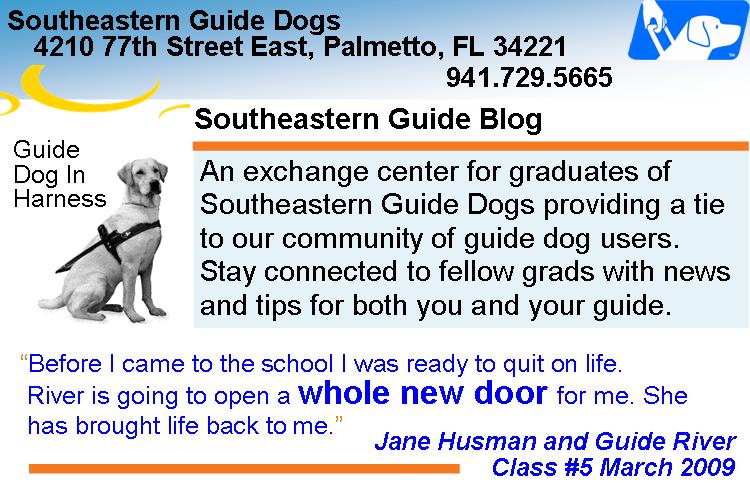- Antifreeze - Dogs are attracted to the sweet taste of this automotive danger - but it can be deadly if ingested. Make sure your dog does not lick the surface where cars are parked. Keep far away from this poisonous hazard.
- Make warm the norm for your dog - A dog's coat insulates much better when it is well-groomed. Brushing on a regular schedule beefs up the coat's insulation.
- Trim excess hair on pads and toes to prevent ice ball formations on the feet. Ice balls are common with longer furred dogs exposed to snow. When the dogs walk on snow, ice balls accumulate in between the toe pads getting stuck in the fur. The results can be very painful. Signs of ice ball formation are the dog starting to limp, becoming lame, and licking the feet excessively. Treatment would be warm water. You can also use petroleum jelly on tender feet pads to prevent cracking.
- Don't forget the windchill - Monitor the wind-chill to protect your dog from excessive exposure to the elements and frostbite.
- Tote the coat - Some short-haired breeds can benefit from having protective clothing in extreme cold. Because of their thinner coats, these dogs can get cold very quickly.
Monday, December 29, 2008
Brrrrrring Your Dog Safely Through the Winter
Winter chills and winds can be hard on our four-footed guide dog friends. Follow these tips for cold weather safety.
Posted by
Anonymous
Subscribe to:
Post Comments (Atom)

1 comment:
Another Idea: For the times I need my guide Heartsong during extreme inclement weather (temperatures and wind chills below 32 degrees F), I slip on his feet miniature sneakers made for dogs. I bought them on ebay, they seem like a good idea though I have no idea why they are not widely sold. At first, it's something he needed to get used to, but his traction from wearing these shoes really improves in icy and freezing-wet conditions. If it’s something I wouldn’t put my feet on, his feet doesn’t belong on it either. Yes, I've come around to spoiling him rotten LOL - but they definitely have some valid uses to help him perform better.
Post a Comment